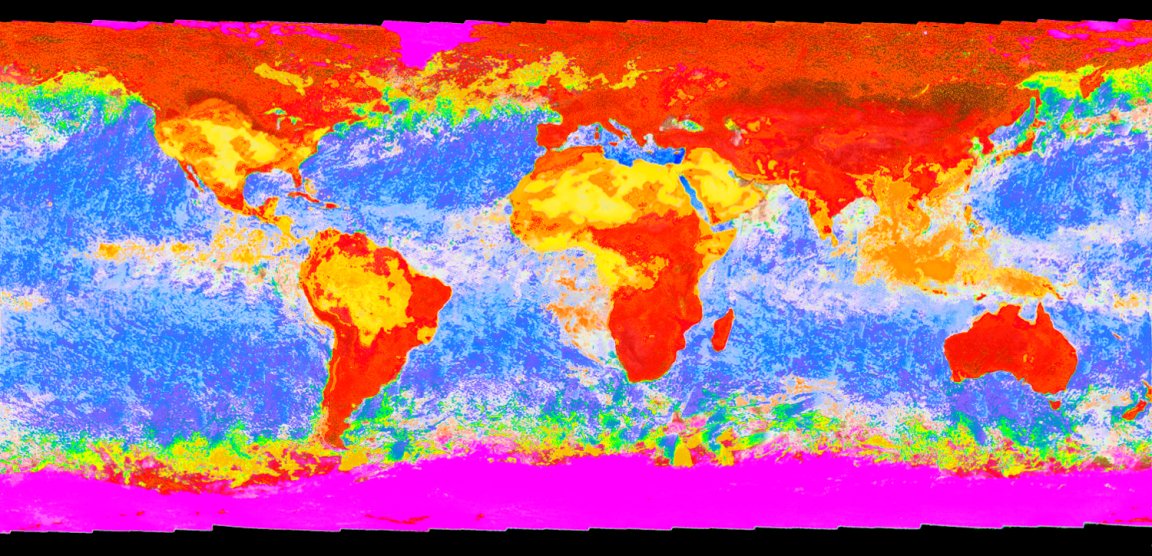
New Highs
Last year set a grim new heat record for the planet. According to NASA data pulled together by The Guardian, 2017 was the second hottest year ever recorded, and the hottest ever if we don’t consider years when El Niño’s influence drove temperatures up.
Not only was 2017 the hottest year without an El Niño by a margin of 0.17°C (0.306° F) compared to 2014, but it was also hotter than 2015, which is remembered for the disruptive impacts of one of the strongest El Niño ever recorded.

El Niño is part of the earth’s natural cycle, and it’s not a consequence of climate change. These abnormally warm years are part of a climatic oscillation known as the El Niño Southern Oscillation, or ENSO, a cycle that swings between warm El Niño years, neutral, and abnormally cold years called La Niña. Some of the El Niño impacts — for example, the 2015 drought in southern Africa — are dauntingly similar to what we imagine may happen to the most vulnerable areas of the world under exacerbated climate change.
Now, it looks like temperatures in what we call a “neutral year,” one not influenced by the short-term warming caused by El Niño, may be reaching similar highs with unpredictable consequences. The difference is stark when you look at the history of temperature records; Guardian writer Dana Nuccitelli compares the years 2017 and 1972, which had similar levels of solar activity and were both neutral with regards to ENSO. Yet on average, 2017 was 0.9°C (1.62° F) hotter than 1972.
What Can We Do About It?
Halting global warming may seem an impossible feat, but new evidence suggests that humans can play a bigger role than we might think. For the first time, a new study in Nature Climate Change incorporated human behavior in a climate change model. It combined the potential outcomes of human choices — starting from simple actions such as installing solar panels — with the uncertainties of the physical world that determine the planet’s response to higher concentration of greenhouse gases.
The study finds that, by taking into account human response to climate change, global temperatures may vary ranging from 3.4 to 6.2°C (6.1 to 11.2° F) by 2100, compared to a straight 4.9°C (8.8° F) from the climate model alone. The results show how taking action can really make a difference, and crucially that failing to do so will further exacerbate the problem.
For example, the authors find, actions such as insulating homes or driving hybrid cars have the biggest benefits in the long run — compared to short term changes such adjusting thermostats or traveling shorter distances.
Of course, as polar ice caps melt faster than ever, and wildfires devastate our biggest forests with incalculable economic and environmental damages, individual actions are not enough. There is need for better governance and concerted plans that involve the private sector as well as scientific institutions.
Ambitious measures that brought together governments and industry have worked in the past, the Montreal Protocol being the most successful example. Yet we’re still on a path to continue setting and shattering heat records, with scientists expecting that record-breaking temperatures will be normal by 2030. With one of the most powerful heads of state refusing to participate in the effort to curb global warming and confusing weather with climate, it looks like we are taking a step back at the worst possible time.